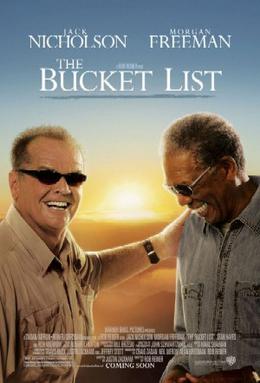I often think of tradition in terms of aliens.
If aliens landed on the planet right now, what would they think of the activities in which we are now engaged?
As a DJ, this thought most often occurs to me as I’m leading 50 wedding guests in the Macarena. If a flying saucer landed and a three-headed alien emerged and vaporized everyone on the dance floor, myself included, in fear that this ridiculous tradition might spread to other galaxies, I would not complain very much.
I’ve been thinking about neckties in this same vein. For reasons that I fail to understand, it is considered fashionable for men to tighten their shirts around their necks and strap on a patterned noose that is literally capable of asphyxiating them if tightened enough.
How did this ever become normal?
The tie serves no useful function, and if examined objectively (through the eyes of an alien), it is utterly ridiculous. Other than the apt metaphor that the tie serves, marking man’s forced enslavement to cultural norms, this self-strung noose is nothing but an unnecessary expense and a stupid looking accessory. When I see a man wearing a tie (myself included), I can’t help but think how ridiculous and conquered he appears, the pathetic victim of a cultural norm gone awry.
I thought I stood alone in my opinion, but happily I do not. Tie sales have suffered a sharp decline in recent years as people of similar thinking take similar stands. Kathryn Hughes of the Guardian (I love the British) attempts to explain this trend by writing that “the tie is the sartorial equivalent of an appendix – an entirely redundant bit of kit left over from a much earlier phase of evolution. …it is at least a couple of centuries since men felt it necessary to protect their throats in the street from anyone making a lunge at the jugular with a sword.”
She also indicates that the tie serves as an outdated means of defining class, and that these markers of wealth and distinction are rapidly becoming a thing of the past.
So a few years ago I stopped wearing ties, and in order to reinforce the point, I threw most my ties away.
Yet on Sunday I wore a tie.
This was the first time that I had worn a necktie in more than two years. The last time I wore a tie, I only did so because I was a member of my sister-in-law’s bridal party. It was part of the uniform.
On Sunday, I wore a tie because I was serving as minister in a wedding and was asked to do so, but as soon as I arrived at the reception and assumed my role of DJ, the tuxedo went on but the tie came off.
Except in specifically requested and understandably necessary circumstances, I do not wear ties. Even so, it frustrates me that there are still days when I still find myself strapping that noose around my neck to appease a cultural norm.
And even though I believe that most people would agree with my assessment of the tie if they take the time to examine the situation objectively, few are willing to rise up and challenge the norm. Still fewer are willing to allow norm-breakers to be themselves. In debating the need to wear a tie with a man recently, he said to me, “Look. It doesn’t matter how you or I feel about wearing it. Just put it on. It’s expected.”
Have we forgotten that less than fifty years ago, the hat was even more ubiquitous than the tie? Men wore hats almost wherever they went, and hat racks could be found in every public establishment. Ask a man in 1955 if hats would ever become a thing of the past and he might sound as short-sighted and narrow-minded as the guy who told me to “Just put it on. It’s expected.”
In 1955, the disappearance of the hat would have been unimaginable. Yet it happened. American Poet Laureate Billy Collins wrote a brilliant poem about the extinction of the hat that I have attached below.
I mentioned this fact to the man I was debating, and he scoffed, insisting that wearing a tie was expected and wasn’t asking much of me.
How pathetic, I thought, that this man no longer has the strength of character or gumption to stand up for what he believes, or at least stand aside while others do so.
The boyhood version of himself would be appalled.
I couldn’t help but think that he deserved that paisley noose around his neck.
Death of the Hat
Once every man wore a hat.
In the ashen newsreels,
the avenues of cities
are broad rivers flowing with hats.
The ballparks swelled
with thousands of strawhats,
brims and bands,
rows of men smoking
and cheering in shirtsleeves.
Hats were the law.
They went without saying.
You noticed a man without a hat in a crowd.
You bought them from Adams or Dobbs
who branded your initials in gold
on the inside band.
Trolleys crisscrossed the city.
Steamships sailed in and out of the harbor.
Men with hats gathered on the docks.
There was a person to block your hat
and a hatcheck girl to mind it
while you had a drink
or ate a steak with peas and a baked potato.
In your office stood a hat rack.
The day war was declared
everyone in the street was wearing a hat.
And they were wearing hats
when a ship loaded with men sank in the icy sea.
My father wore one to work every day
and returned home
carrying the evening paper,
the winter chill radiating from his overcoat.
But today we go bareheaded
into the winter streets,
stand hatless on frozen platforms.
Today the mailboxes on the roadside
and the spruce trees behind the house
wear cold white hats of snow.
Mice scurry from the stone walls at night
in their thin fur hats
to eat the birdseed that has spilled.
And now my father, after a life of work,
wears a hat of earth,
and on top of that,
a lighter one of cloud and sky–a hat of wind.









